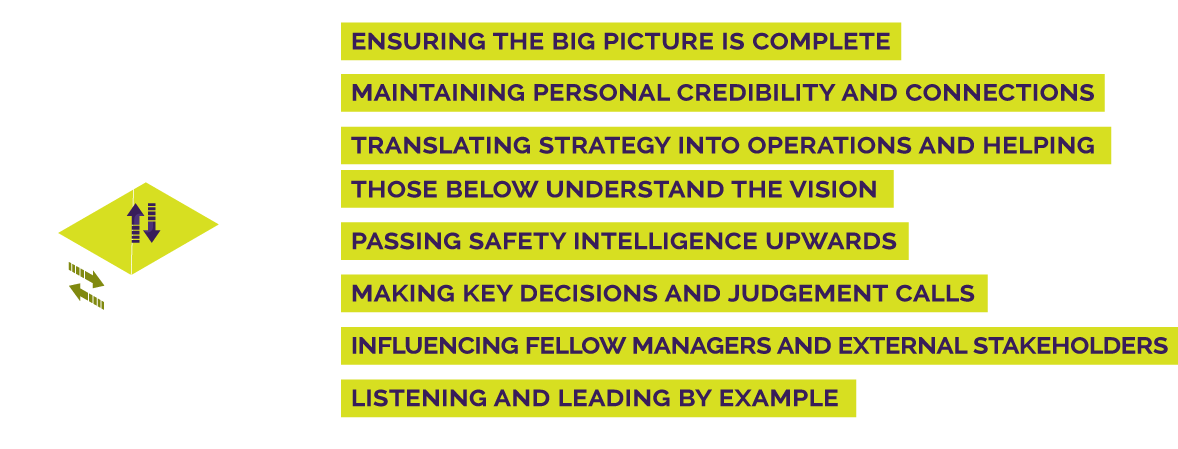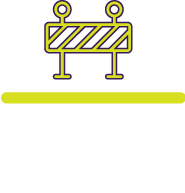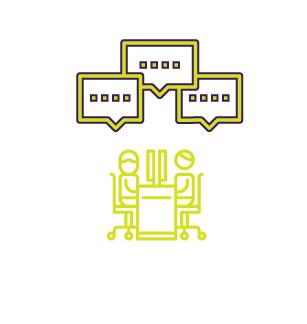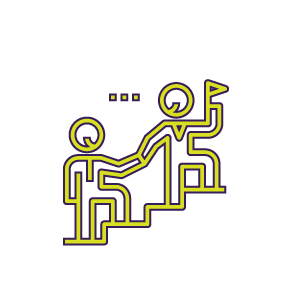Safety Blueprint
While there has been a good deal of focus in research and practice on how top executives should lead safety in high risk organisations, and even more on how to motivate people for safety at the ‘sharp end’ via safety culture, there is very little formal research on the safety role of middle managers, in fact this area seemed to be a research desert. Yet the people at this intermediate layer, who serve as vertical and horizontal integrators – transmitting the Board’s strategy and objectives into actions and collating and feeding key messages from staff at the sharp end upwards – are critical in determining how smoothly and effectively safety works in organisations.
In several safety culture surveys in the European air traffic domain, it was found that safety culture efforts could become diluted or even thwarted at this middle layer, despite strong safety direction from above and sterling commitment down below. Conversely, good middle management support for safety can yield very strong safety culture and safer working practices.
Future Sky Safety therefore decided to address this rarely explored area, which we nicknamed ‘the undiscovered country’. Middle Managers are defined as managers who were not at Board (director) level, but only have other managers reporting to them. This ruled out supervisors, for example (who have been well-addressed in the literature), and instead focused on those in the middle and upper layers of organisations. An interview approach was developed in two stages, and 48 middle managers from nine aviation organisations, including airlines, an airport, air traffic organisations, and airframe manufacturers, were interviewed confidentially, each interview taking approximately one hour. These were not safety managers, but all of them would have to occasionally address safety in their day-to-day business.
One of the critical aspects from this research focused on the middle managers’ mindset, in other words, what led them to consider safety in the way they do. Often this mindset is formed early on, and may have little to do with their current job. Other key aspects discussed were information gathering, decision-making, and influencing others, whether peers, those reporting to them, their bosses, or external stakeholders. The interviews also asked what middle managers needed from above to support them, especially in cases where they need to put safety above other commercial considerations.
The result was a set of key insights into a range of different ways of addressing safety. These have been encapsulated in a 60-90 minute workshop process where middle managers from an organization can see how other middle managers deal with safety in their day-to-day business. This workshop process is called ‘Safety Blueprint’. This is a non-judgmental, non-prescriptive process, simply allowing middle managers to see how other organisations lead and address safety, and then to decide for themselves what to ‘take home’.
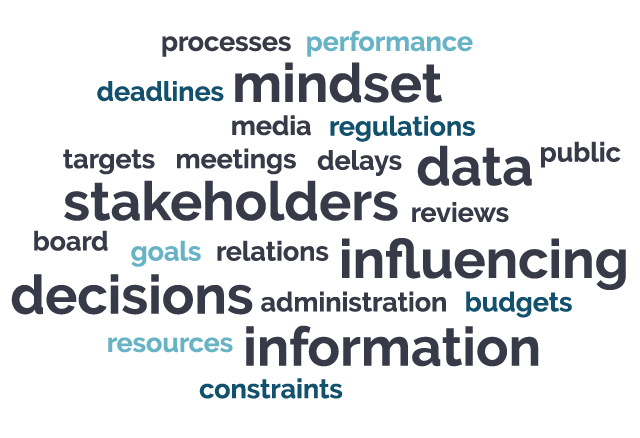
“I knew that in the long term this would cause health and safety issues, but there was of course a cost in re-designing. I chose to solve the long term health and safety issue.”
“We are data-rich but not necessarily information-rich.”
“Creating personal relations is critical. Some people won’t come to you. It’s important to get a personal relation.”
“Safety needs multiple viewpoints, angles to be discussed.”
“The main competence required is common sense, rather than rushing to processes without understanding ‘why’.”
